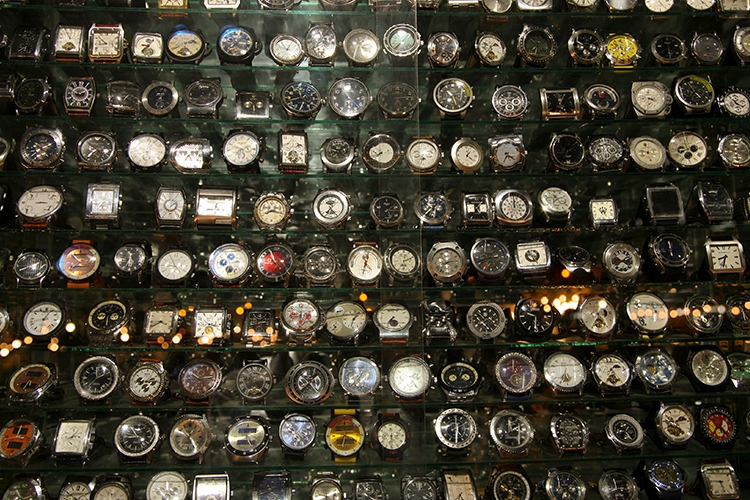By Olivier LANCIAU, Expert FINE ART certifié E.A.A. Spécialité Vol chez Sedgwick France
As the volume of counterfeits continues to rise — and in honor of World Anti-Counterfeiting Day — organizations across all industries are encouraged to revisit their mitigation strategies.
Trends are constantly evolving as new technologies and enforcement measures are introduced, and (if they haven’t already) it’s probable that high net worth clients will need to rely on expert intervention for a counterfeit-related risk at some point.
Worldwide, counterfeit watches alone represent an estimated turnover of more than 500 billion dollars. The more a watch brand is known, the more likely it is to be copied. At first glance, it can be difficult to distinguish a counterfeit from an original model. However, in the event of theft, this subject is of particular importance to ensure the instance is handled and reimbursed properly.
As the quality of counterfeits improves, it is becoming more difficult to discern the real from the fake. That’s what makes a thoroughly detailed analysis of watches, along with other fine goods, so necessary. Often, the study of the mechanism of the watch — which can be more challenging for counterfeiters to replicate — has allowed for accurate identification. Specifically, this relates to the aesthetic details made by hand or those that require a particular technology. However, most consumers won’t have the opportunity to open a watch to study its movement, nor the means to detect signs that would identify a counterfeit.
A branded watch will very often be accompanied by a warranty certificate noting the watch’s engraved serial number. It is essential when making a purchase to possess this document. Otherwise, its absence may suggest an infringement. To distinguish a counterfeit model from an original, pay close attention to the purchase price, quality of the product and its packaging, and the certificate of authenticity. If you’re doubtful, it’s recommended to consult with an expert who has specialist knowledge and can provide validation.
Be on your guard…fighting counterfeiting in France
Raising public awareness about the consequences of counterfeiting is an essential issue — both from an economic point of view, and from an environmental and health perspective. Counterfeiting is a scourge that affects many sectors, including luxury industries, medicine, automotive spare parts, electronic devices, software, etc. And often, the costs to businesses are significant. Union des Fabricants (Unifab), the French association fighting against counterfeiting, estimates that counterfeiting corresponds to the loss of 38,000 jobs and 6.7 billion in revenue in France every year.
In addition to being illegal, these diverted items can be dangerous because the materials used for their manufacture may be of poor quality. Finally, their manufacture does not meet strict standards intended to protect the environment — causing pollution and degradation where established brands seek to limit their environmental impact. The ethical aspect is another to consider: it is important to fight against misappropriation of financial resources and to avoid the risk of contributing toward illegal enterprises.
Supporting fine art clients impacted by fraud
In our fine art business, we are confronted with fraud on a regular basis including document fraud and counterfeiting. The most counterfeit object remains the watch, and the more prestigious the brand, the more likely it is to be a target of counterfeiting. In case of theft, it is therefore legitimate for an insurer to want to know the true value of a stolen watch. Working with an expert specialized in watchmaking and jewelry is key.
To effectively manage our clients’ fine art challenges, our team developed solutions based on three fundamental principles:
- Anticipation and advice to reduce risks.
- Restoration of artworks and assets through a service of impeccable quality.
- Fair financial valuation of items and cost of incidents.
Sedgwick offers preliminary appraisal of luxury assets prior to an incident. We can establish insurance values, inheritance values and more, and we ensure the security and confidentiality of information. Our adaptative expertise can also support underwriting assistance, appraisal of items on site or in office, consultation for risk analysis and prevention, training, and post-loss services such as transportation or restoration.
Whether for watches or other luxury goods, the overall message remains around caution and common sense. If the price offered is exceptionally low, or you are new to buying a valuable item, take the time to consult a specialist to avoid a subsequent disappointment. For more information, read our fine art brochure.

